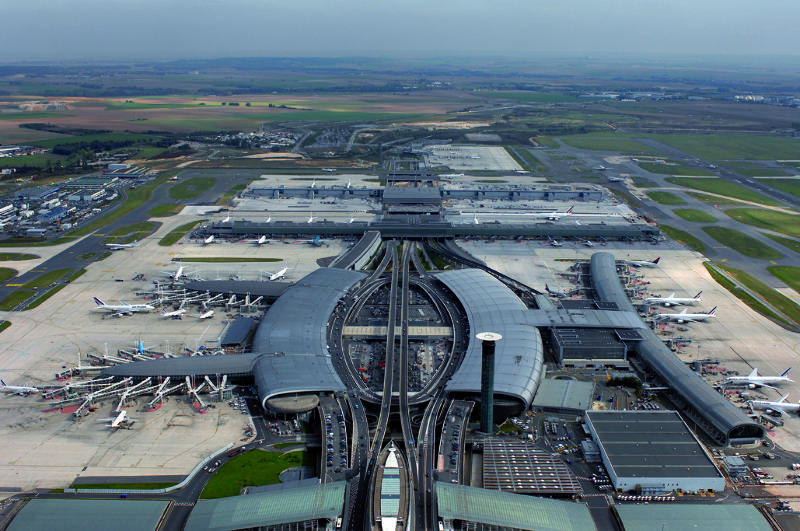The latest figures released by ACI Europe show continued strong growth in passenger traffic since the start of 2017.
European airports have posted 9% growth in passenger traffic since January, according to the latest figures from ACI Europe. This comes after traffic broke through the two billion mark for the first time in 2016. The upswing is mainly driven by a synchronised uplift in the global economy, continued airline capacity expansion as well as demand recovery in Russia, Turkey and other markets hit by terrorism last year – in particular Belgium and France.
The financial performance of Europe’s airports continues to improve, ACI Europe notes, with the industry’s average return on invested capital (ROIC) now standing at +7.7% — in line with the cost of capital. However, airports in the Eurozone keep underperforming (+6.1%), and the performance gap is even wider when compared to airports in the BRICS or other emerging markets (+9.7% and 12.2% respectively).
According to ACI Europe, 47% of Europe’ airports are loss-making, compared to 60% in 2013. However, smaller regional airports have not seen their finances improving, as evidenced by the fact that 76% of them remain loss-making. With Low Cost Carriers having moved upmarket and airlines generally focusing on primary & larger markets, network development opportunities and revenue generation are becoming harder to secure for these airports — while years of cost-cutting limits further efficiency gains.
Once a reality mainly for regional airports, airport competition has now moved upmarket along with the expansion of LCCs into primary markets & larger airports. Over the past 10 years, 99% of the growth in passenger traffic of the Top 20 European airports has been delivered by LCCs.
ACI Europe Director General Olivier Jankovec comments: “Europe’s airports will see 87 long-haul routes being operated by LCCs this summer, up from 14 just four years ago. The next step, which Ryanair has just started experimenting, is to offer feed to network carriers or even develop their own connecting product.”

